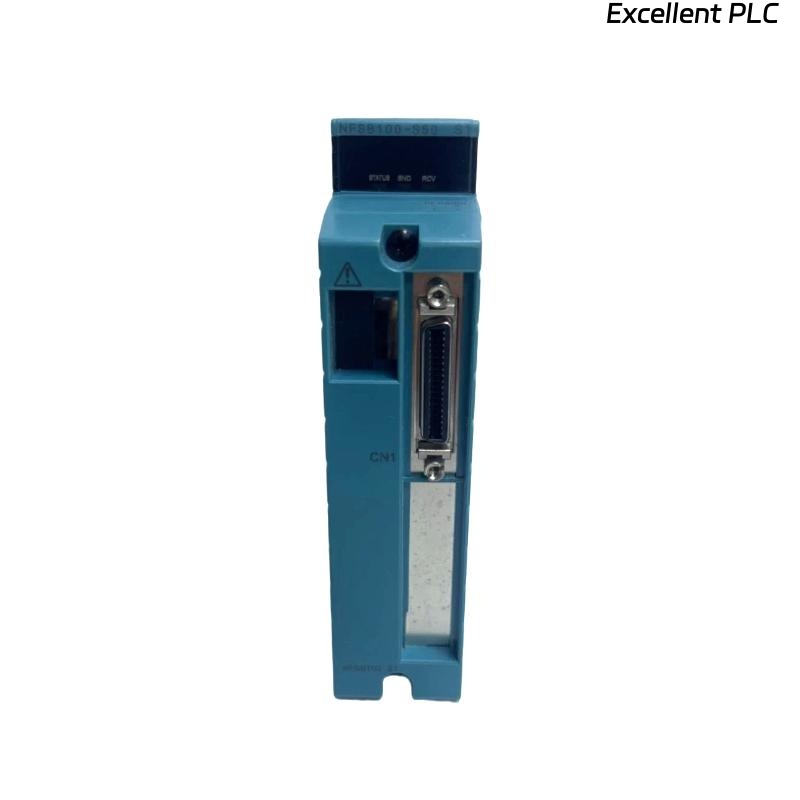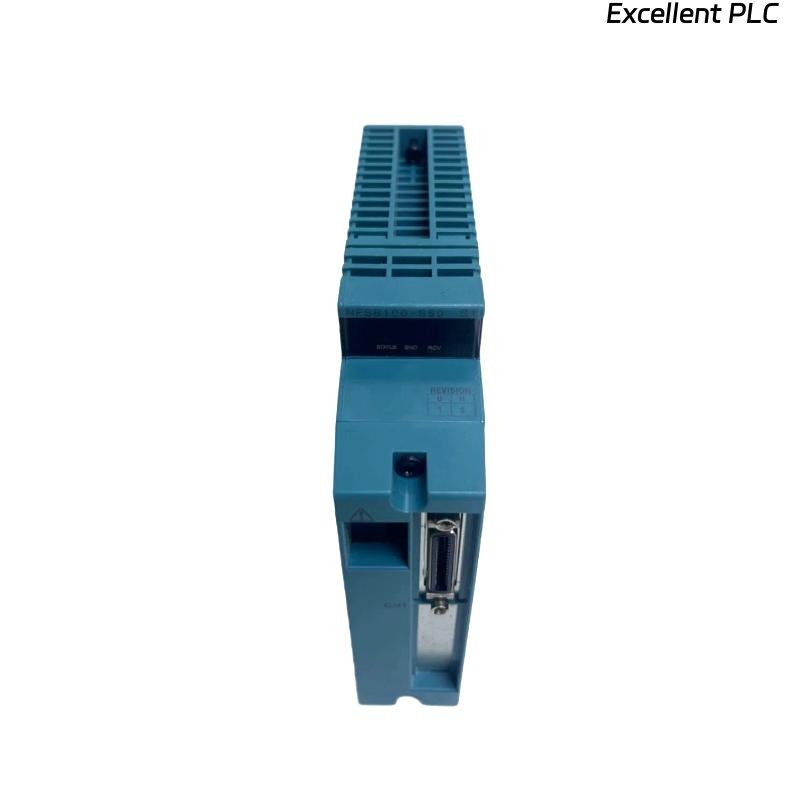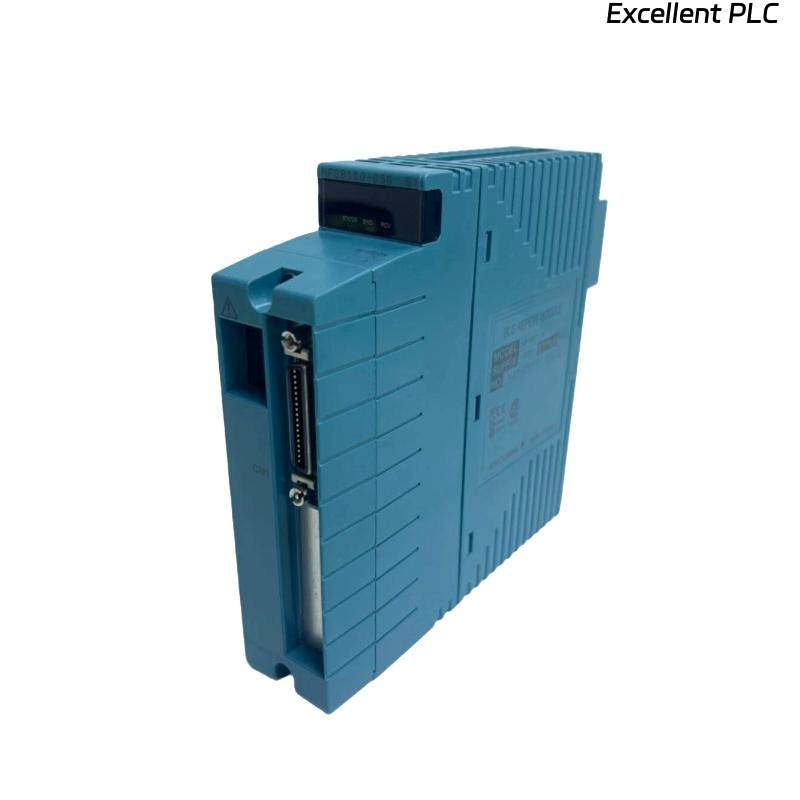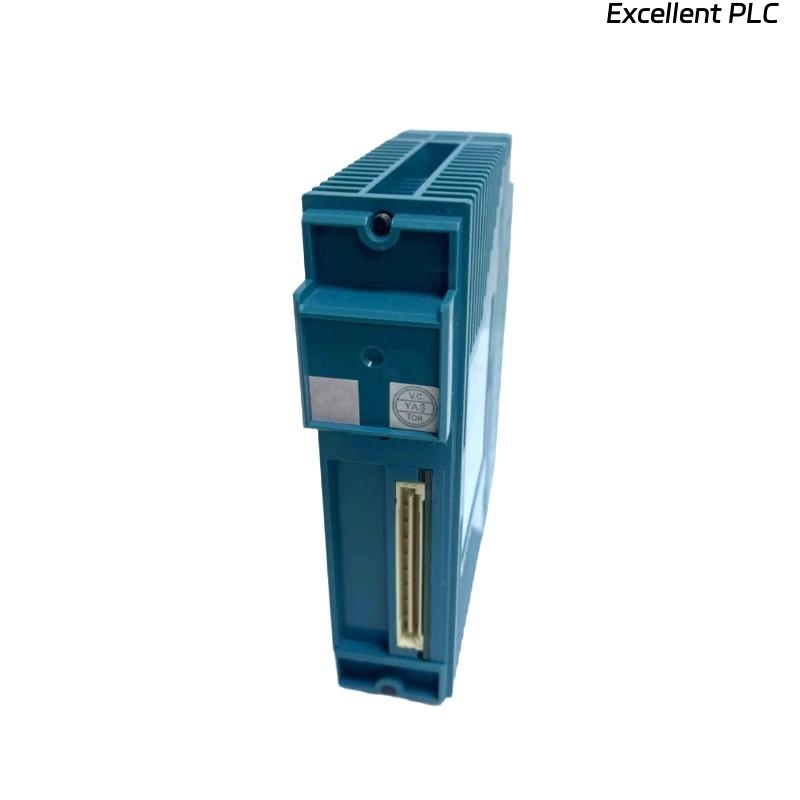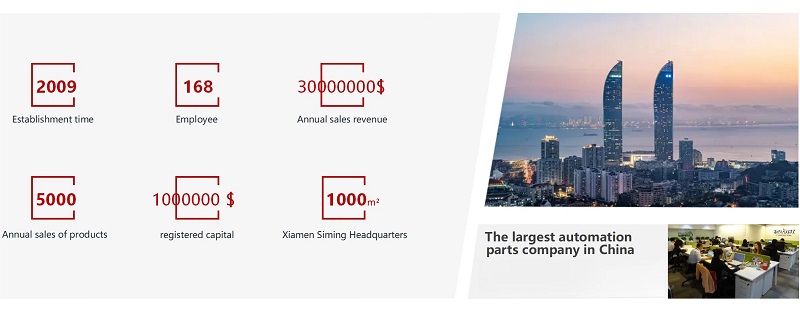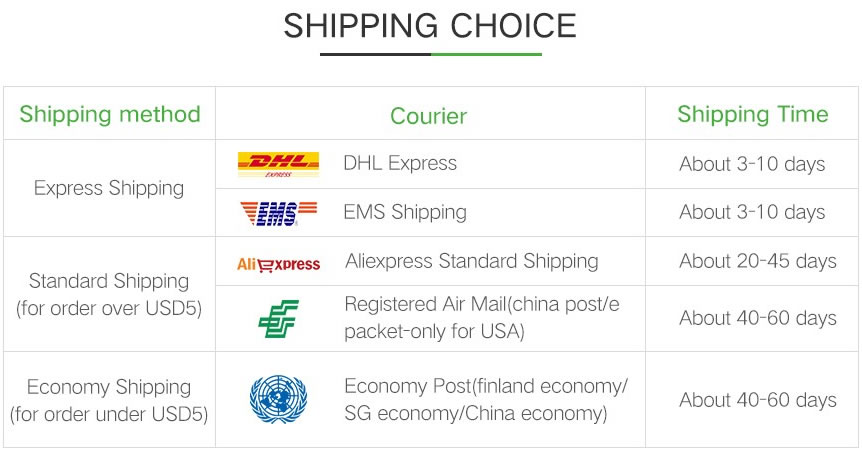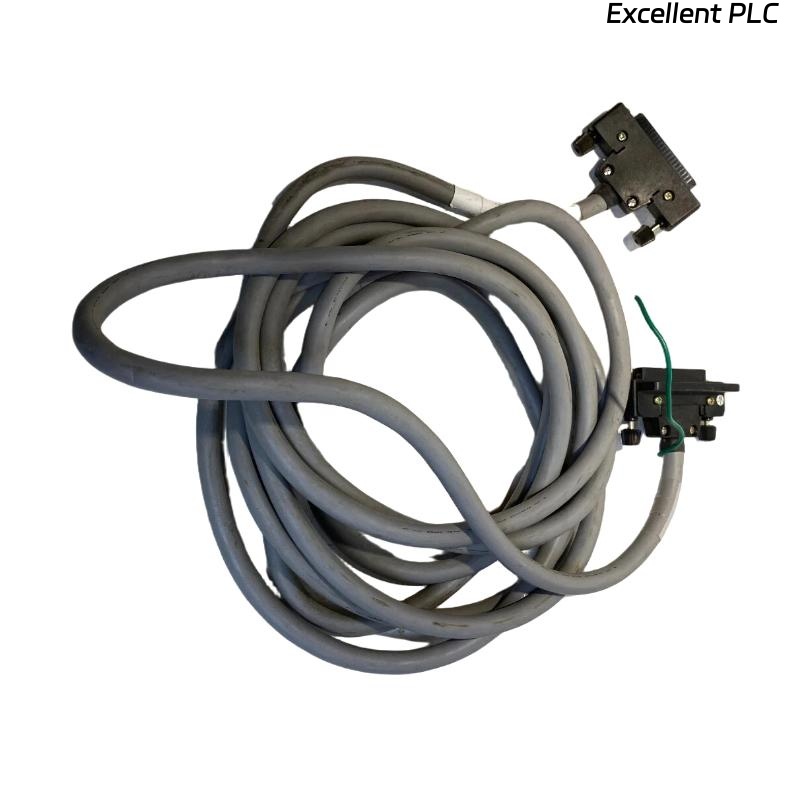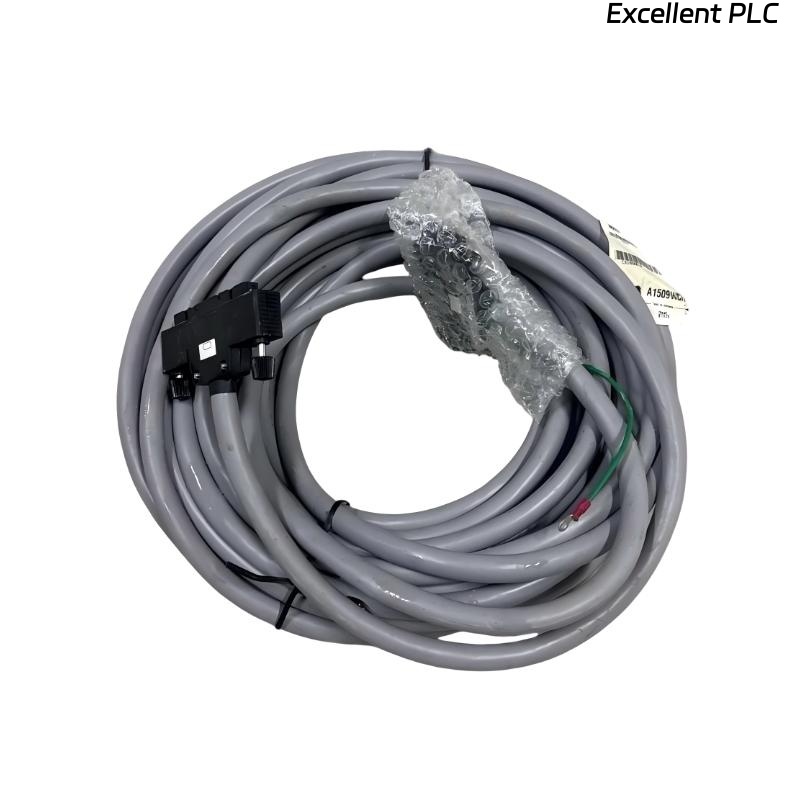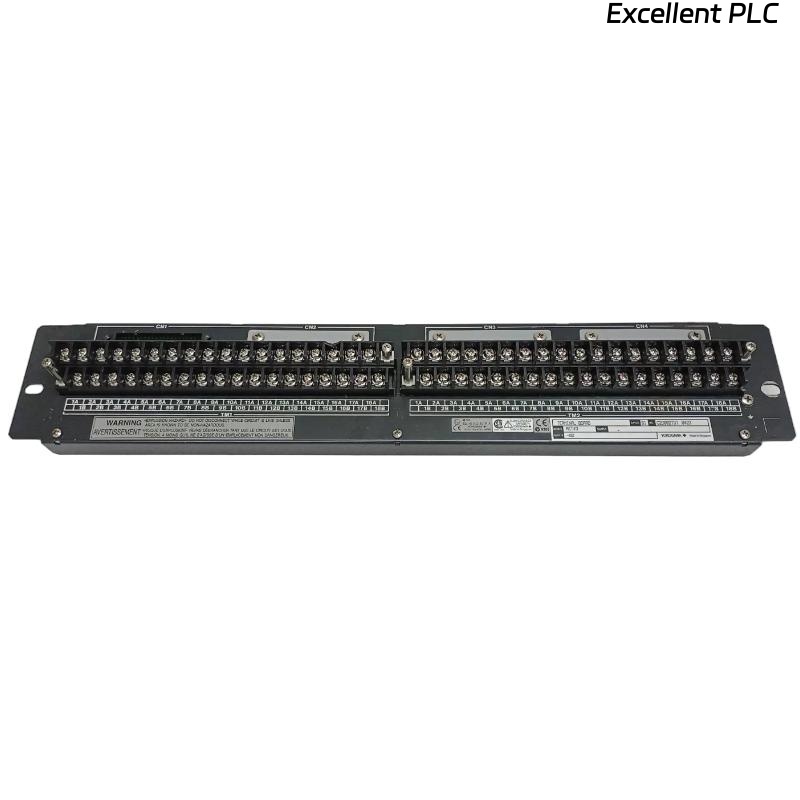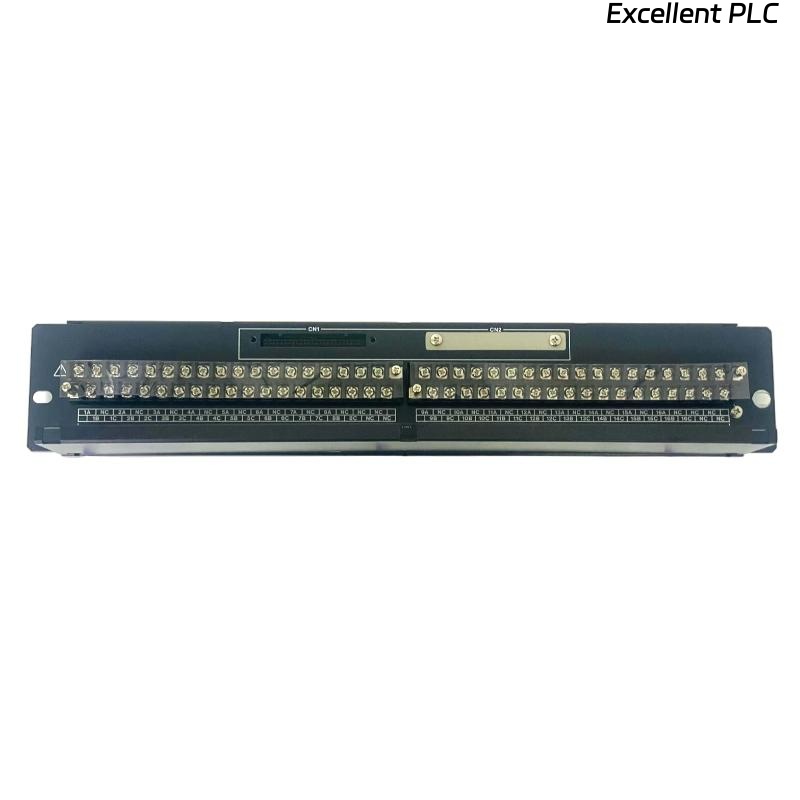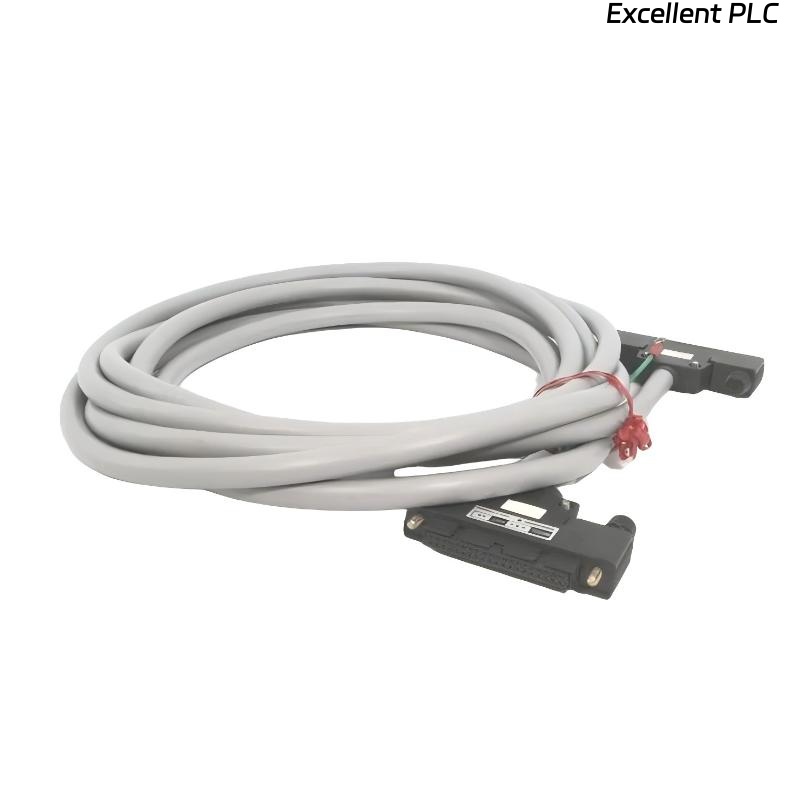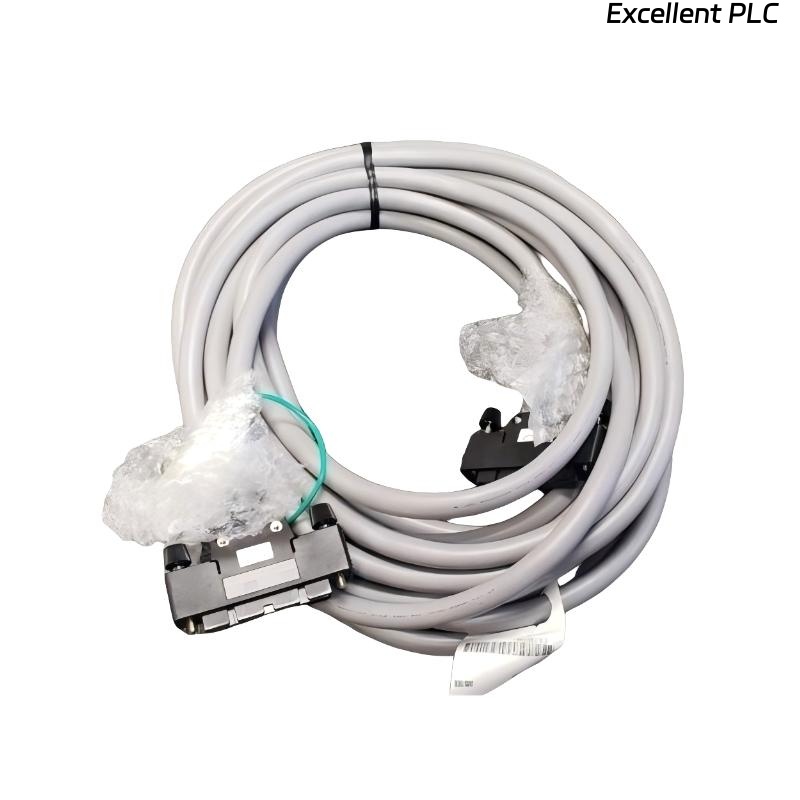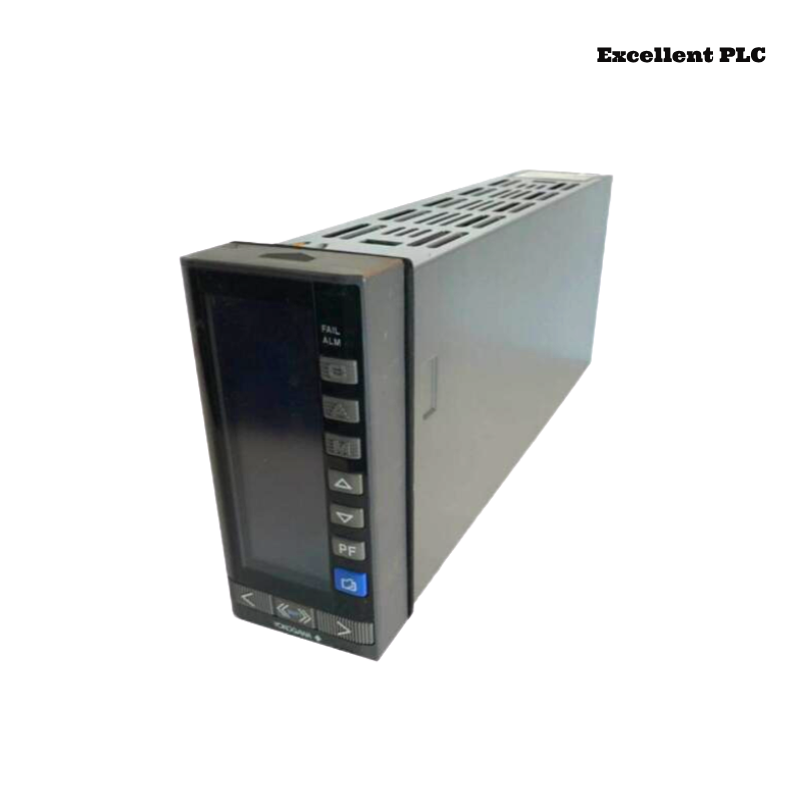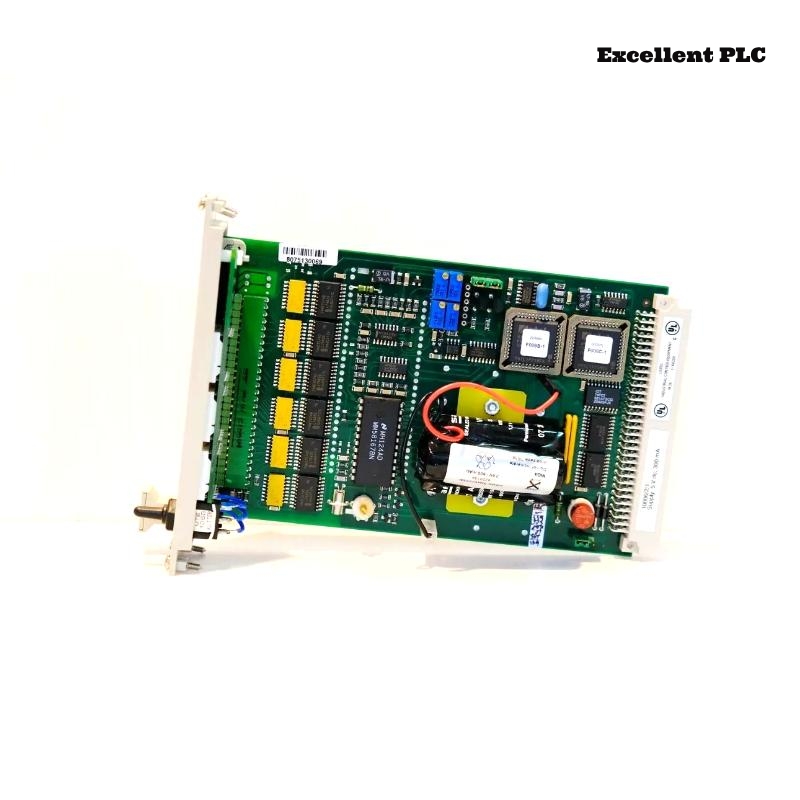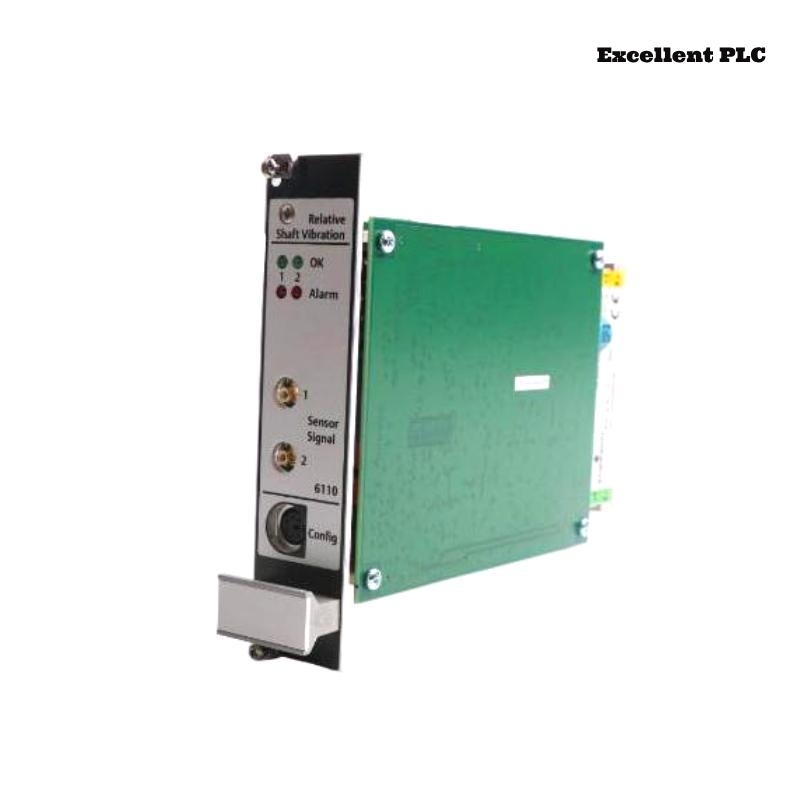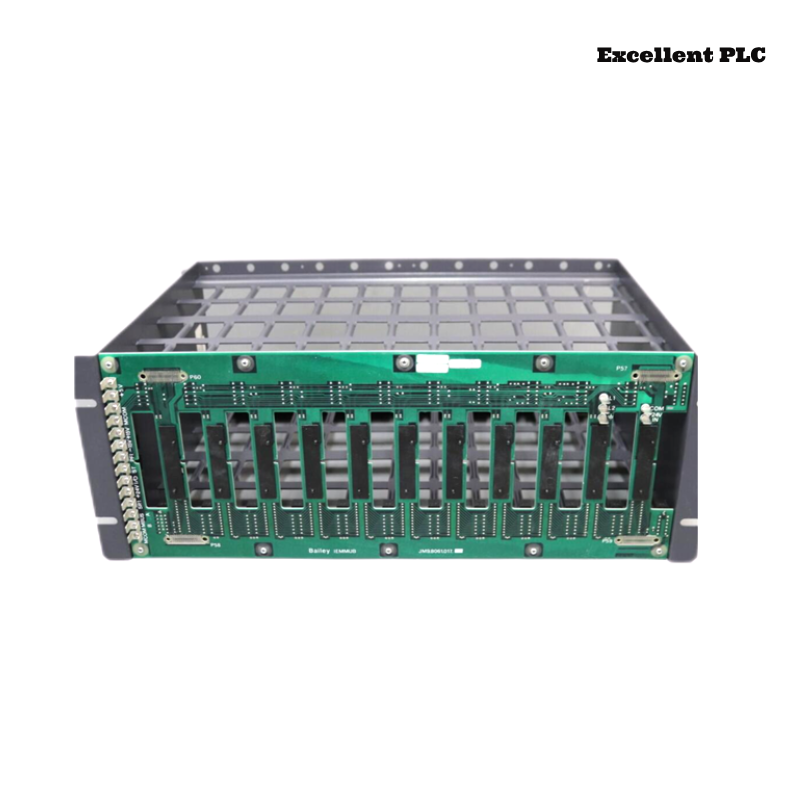| Company Information | ||||||||
| [email protected] | ||||||||
| Mobile | +8613666033393 | |||||||
| +8613666033393 | ||||||||
| 13666033393 | ||||||||
| Add | Room 1004, No. 62 Xiangxiu Li, Siming District, Xiamen City, Fujian Province, China | |||||||
Product Introduction
The Yokogawa NFSB100-S50/SBT02 Bus Repeat Module is a high-performance industrial communication component designed to extend bus networks, regenerate degraded signals, and isolate noisy communication segments. It plays a key role in maintaining reliable data transmission in distributed control systems, ensuring that communication signals remain strong and accurate even in electrically noisy or long-distance environments.
Developed with Yokogawa’s reliability standards, the NFSB100-S50/SBT02 supports stable system scalability while reducing communication errors. Its design emphasizes robust electrical isolation, efficient regeneration of bus signals, and easy integration into Yokogawa’s automation platforms.
Product Specifications
| Parameter | Specification |
|---|---|
| Model Number | NFSB100-S50/SBT02 |
| Product Type | Bus Repeat / Communication Module |
| Primary Function | Signal regeneration, bus extension, noise isolation |
| Supported Protocols | Yokogawa proprietary bus protocol |
| Voltage Range | 24 V DC nominal |
| Power Consumption | Approx. 5 W |
| Maximum Transmission Distance | Up to 1,200 m (depending on topology and cable quality) |
| Isolation Protection | Galvanic isolation between communication channels |
| Installation Method | DIN rail mounting |
| Cooling Method | Natural air convection |
| Dimensions (W × H × D) | 130 x 142.5 x 32.8 mm |
| Weight | 0.3 kg |
| Operating Temperature Range | –20 °C to +70 °C |
| Storage Temperature Range | –40 °C to +85 °C |
| Humidity Range | 5–95% RH, non-condensing |
| Certification | CE / IEC compliance, Yokogawa system certified |
Applications
The NFSB100-S50/SBT02 is widely applied in industrial automation and process control environments that require stable, long-distance, and interference-resistant communication. Key applications include:
-
Distributed Control Systems (DCS): Ensures robust communication between controllers and I/O modules across large facilities.
-
Oil, Gas, and Petrochemicals: Reliable data transmission in high-noise hazardous areas.
-
Power Generation and Distribution: Strengthening communication networks across extensive plant areas.
-
Water and Wastewater Treatment: Extending signals between remote monitoring stations.
-
Pharmaceutical and Food Industries: Supporting validated, error-free communication for compliance-critical processes.
-
Factory Automation: Maintaining efficient bus performance across complex production lines.
Advantages
-
Extended Communication Distance: Supports up to 1,200 m with stable regeneration.
-
High Signal Integrity: Reconstructs weakened or distorted signals.
-
Noise Isolation: Provides galvanic isolation to block EMI and ground loop interference.
-
System Reliability: Enhances fault tolerance and communication consistency.
-
Compact and Modular: Saves panel space and allows flexible expansion.
-
Low Power Operation: Energy-efficient with only ~5 W consumption.
-
Harsh Environment Ready: Operates in wide temperature and humidity ranges.
-
Easy Installation: Standard DIN rail mounting reduces maintenance time.
FAQ
1. What is the primary technical difference between SBT01 and SBT02 versions?
The SBT02 version is optimized for enhanced isolation performance and extended noise immunity compared to the SBT01.
2. Can multiple NFSB100-S50/SBT02 modules be connected in series?
Yes, cascading is possible, allowing longer distances, though system design must ensure signal timing integrity.
3. What type of electrical isolation does it provide?
It uses galvanic isolation to prevent signal interference and protect devices from surges.
4. Is the power supply redundant-capable?
It supports a single 24 V DC supply, but can be integrated into redundant system power designs externally.
5. How does the module regenerate bus signals?
It reshapes and re-amplifies signals, restoring proper voltage levels and timing for error-free communication.
6. What is the recommended maximum number of repeaters in one segment?
Typically, up to 3–4 modules in a single communication path, depending on network design.
7. Does it support monitoring or diagnostic features?
Yes, it includes internal status indication to monitor communication health and power conditions.
8. What kind of cabling is recommended for optimal performance?
Shielded twisted-pair industrial bus cables are recommended for noise immunity and long-distance performance.
9. Is the device compatible with redundant communication paths?
Yes, it can be configured in redundant paths for higher system availability.
10. Can it be used in mixed-vendor networks?
It is designed for Yokogawa systems, but may work in mixed networks if bus protocol compatibility is ensured.
Recommended Related Models (Same Series / Family)
| Model Number | Description |
|---|---|
| NFSB100-S20/SBT01 | Bus repeater module, 20 m version |
| NFSB100-S30/SBT01 | Bus repeater module, 30 m version |
| NFSB100-S40/SBT01 | Bus repeater module, 40 m version |
| NFSB100-S60/SBT02 | Extended range bus repeater with improved isolation |
| NFSB100-S80/SBT02 | High-capacity bus repeater for 80 m and beyond |
| NFSB100-S100/SBT02 | Heavy-duty repeater for large-scale industrial bus networks |
Popular Yokogawa Models (Other Hot Products)
| Model Number | Description |
|---|---|
| YS1700 | Digital programmable single-loop controller |
| EJX210A | Advanced differential pressure transmitter |
| AXF250 | Magnetic flowmeter with enhanced diagnostics |
| AQ6370E | Optical spectrum analyzer (telecom and research) |
| GX10 | Compact paperless recorder |
| DX3640 | High-capacity data acquisition and recording system |
 Excellent PLC
Excellent PLC


